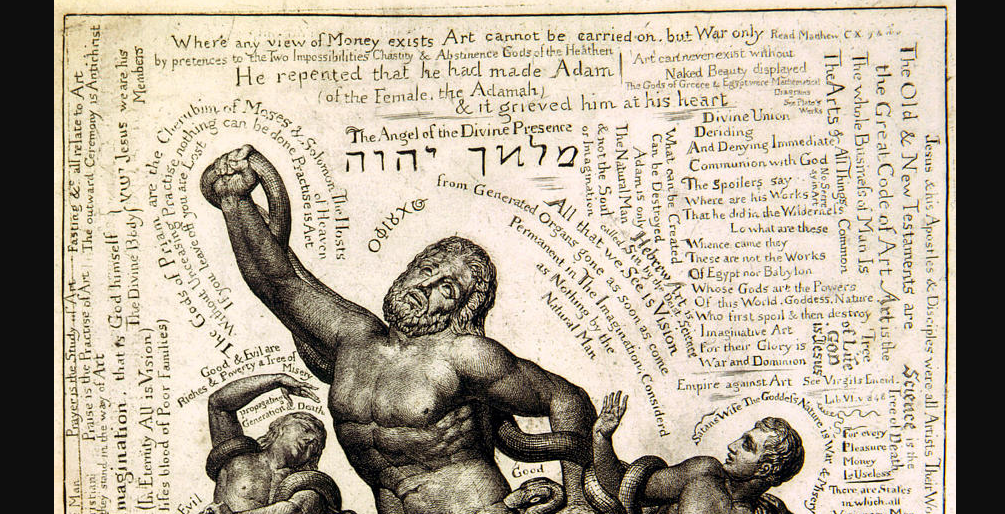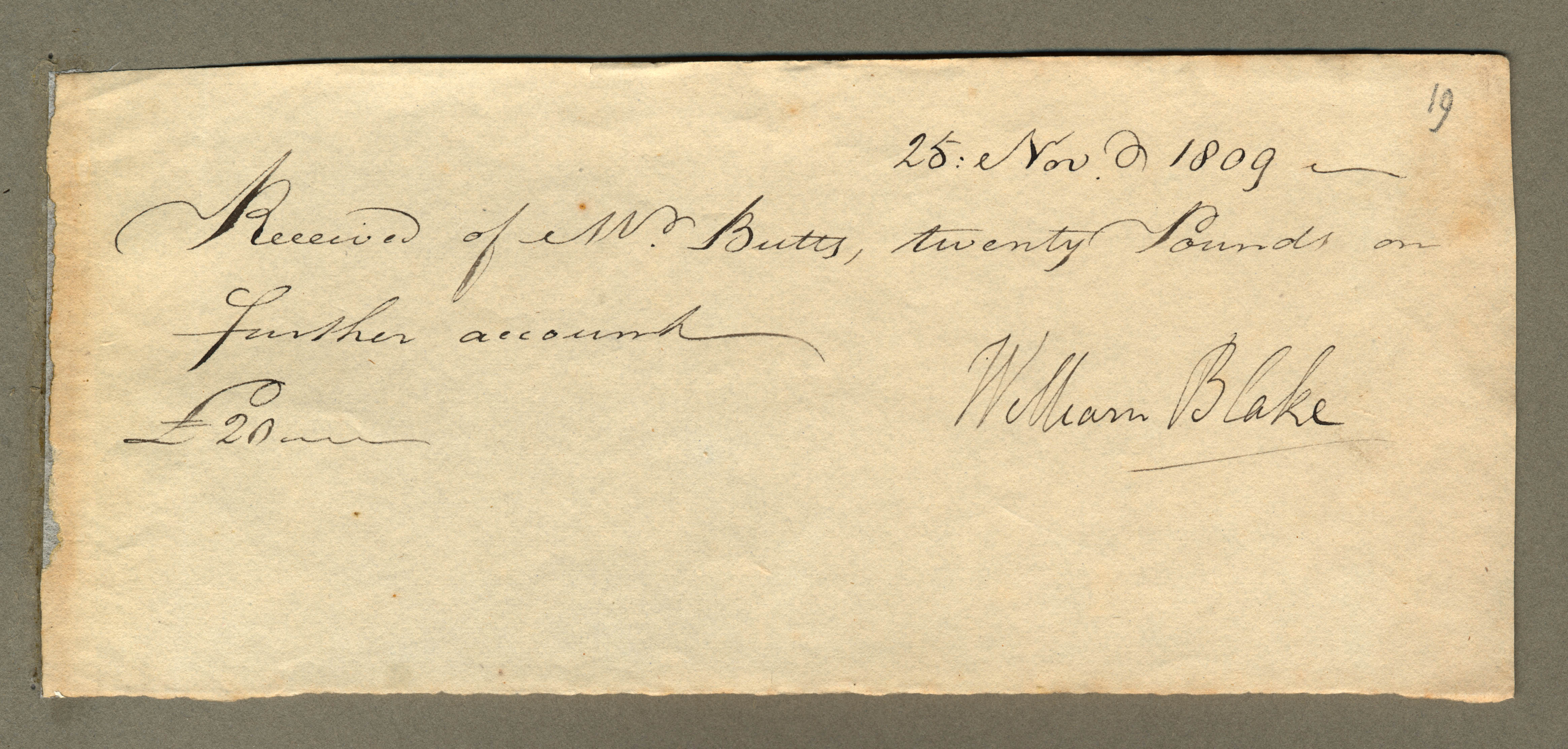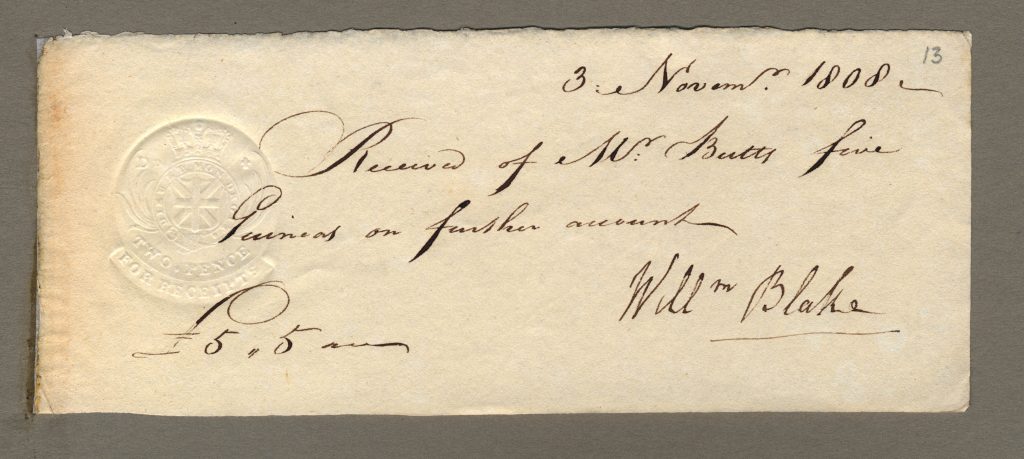Languages and Ligatures
One of the first blog posts I ever wrote for Hell’s Printing Press was titled “Laocoön and Languages.” The inspiration behind the post was that, in working on textual transcriptions, I had come across instances where Blake writes in a language other than English and I had been pointed to Laocoön as an example of a published Blake Archive work that deals with the problem of how to transcribe text in languages other than English.





